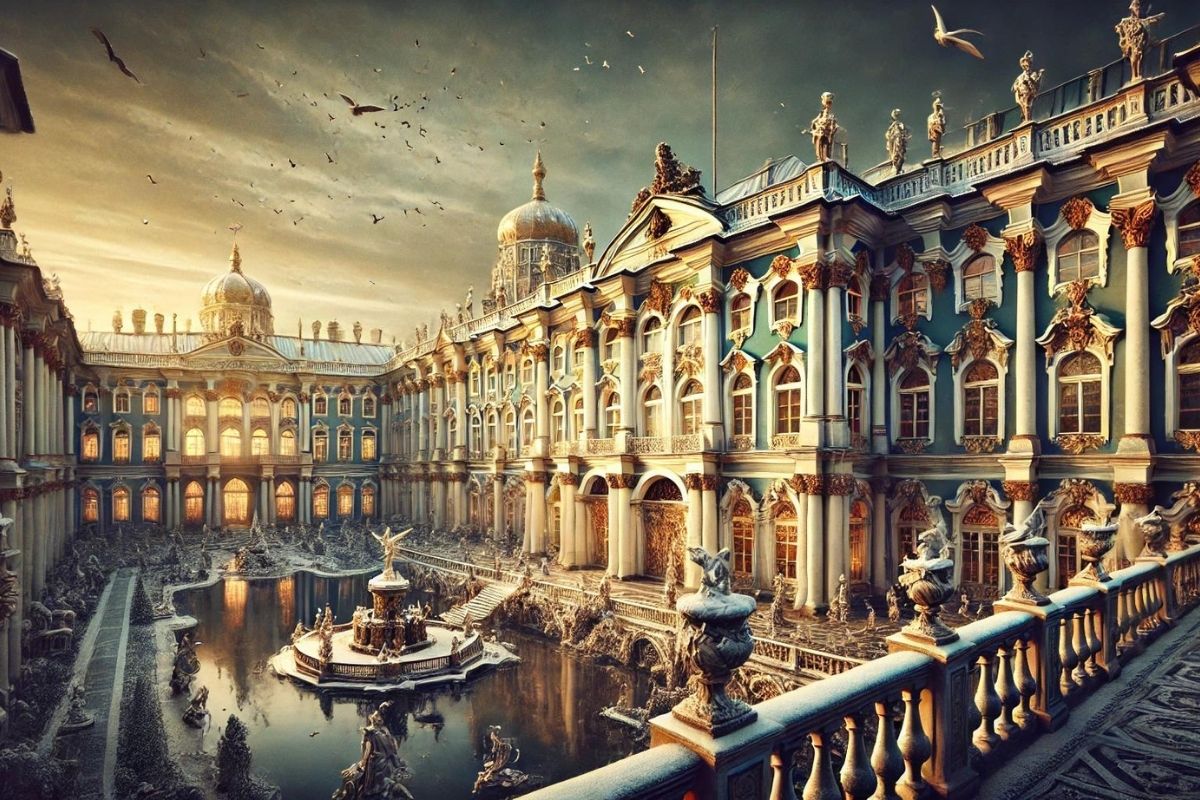Traversing north of three centuries, the Romanov Line not just molded the geopolitical scene of present day Europe yet additionally left a significant effect on Russia’s cultural and social texture. As leaders of the Russian Domain from 1613 until the resignation of Tsar Nicholas II in 1917, the Romanovs directed a period of emotional change, seeing the change of Russia from a middle age state into a worldwide superpower. The cultural and political legacy of the Romanov Dynasty stays obvious in different aspects of contemporary society, from the building brilliant qualities of Moscow and St. Petersburg to the significant changes in present day political idea enlivened by the violent finish of their rule.
The Engineering Wonders of the Romanov Era
Under the Romanovs, Russia went through a broad course of Westernization and development, which was reflected in its engineering. The period saw the development of a portion of Russia’s most notorious designs, which keep on characterizing its horizon. Peter the Incomparable, in his journey to modernize Russia, laid out the city of St. Petersburg in 1703, expecting it to be Russia’s window toward the West. The city’s elaborate style, described by fancy detail and great scope, was a takeoff from conventional Russian design standards and represented another period of Russian cultural character.
The Colder time of year Castle and the Isolation Historical center, at first the home of the tsars and presently one of the world’s biggest and most regarded workmanship assortments, stand as a demonstration of the line’s commitment to expressions and culture. These foundations not just house broad assortments of Western European canvases and models yet additionally act as cultural extensions that interface Russia with the creative customs of Europe.
The Development of the Russian Empire
The Romanovs were an instrumental in growing Russian area and impact, applying command over a tremendous realm that at its peak extended from the Clean Lithuanian Province in the west to The Frozen North in the east. This extension was not only regional yet in addition a method for getting Russia’s situation as an European power. The securing of tremendous domains under Peter the Incomparable and Catherine the Incomparable carried with them a different scope of societies and individuals that were incorporated into the Russian nation.
The political systems utilized during these extensions laid the foundation for present day international relations in the district. The Romanov’s way to deal with administration of these new regions changed, frequently consolidating a level of capacity to bear nearby traditions and independence that assisted with settling and coordinate their new acquisitions into the realm, exhibiting a down to earth way to deal with domain fabricating that is concentrated on in political science and global relations hypotheses even today.
Art and Culture under the Romanovs
The Romanovs were incredible benefactors of artistic expression, essentially impacting the cultural scene of Russia. The tradition’s help for artistic expressions prompted the prospering of Russian artful dance, drama, painting, and writing. The time of the Romanovs brought about a portion of Russia’s most regarded craftsmen and creators, including Tchaikovsky, Dostoevsky, and Tolstoy, whose works formed Russian public cognizance as well as accomplished persevering through worldwide fame.
The foundation of theaters, schools, and exhibition halls during this period advanced Russian culture and public character. The Mariinsky Theater, established in Holy person Petersburg under the rule of Alexander II, turned into a significant cultural community for Russian show and expressive dance, cultivating a special style that turned out to be worldwide perceived.
Legacy of the Romanov’s Downfall
The fall of the Romanov Line in 1917, encouraged by the Russian Upset, denoted a significant point in world history. It finished hundreds of years of tsarist rule and prompted the foundation of the Soviet Association, which assumed a critical part in the worldwide elements of the twentieth 100 years. How the Romanovs met their destruction — a result of their inability to address the requests of a changing Russia — filled in as an unmistakable illustration on the effects of despotic administration and social disparity.
The finish of the Romanov Administration featured the significant requirement for change in administration frameworks, affecting both liberal and communist speculations in the cutting edge time. It likewise prompted a reexamination of the job of government in the cutting edge state, impacting political idea improvement in different countries still under illustrious rule.
The cultural and political legacy of the Romanov Dynasty is multifaceted and persevering, traversing amazing building accomplishments, the wide extension of region, and significant cultural turn of events. Indeed, even past their defeat, the Romanovs keep on impacting contemporary political techniques and cultural articulations, encapsulating an intricate piece of Russian and world history that proceeds to enthrall and illuminate. Their legacy, set apart by both magnificence and misfortune, stays a convincing section in the chronicles of worldwide history.


